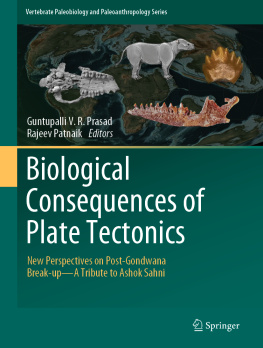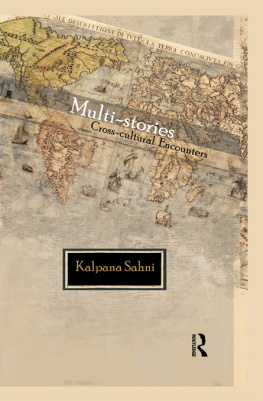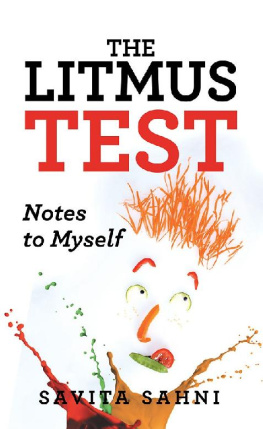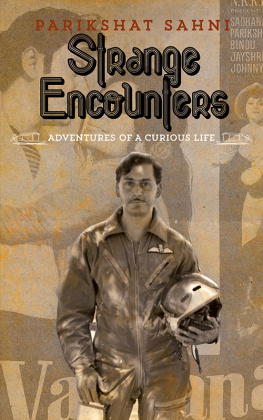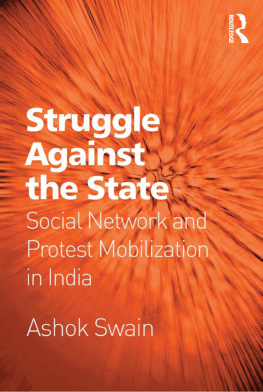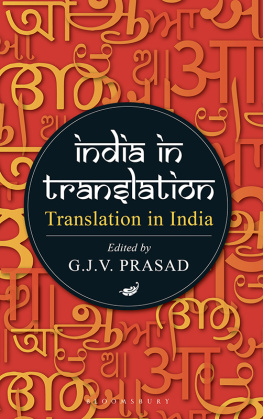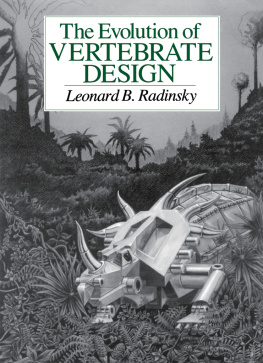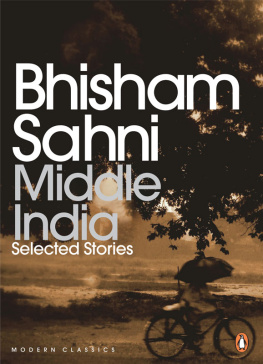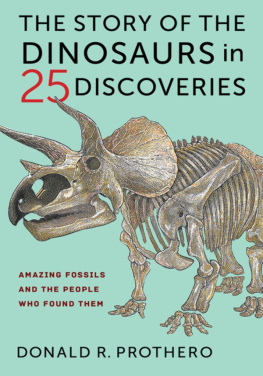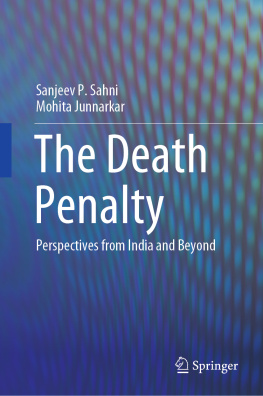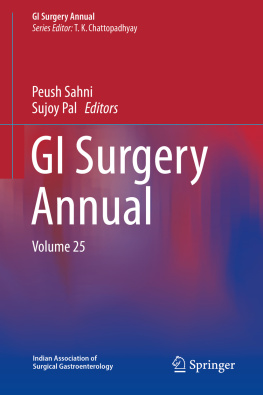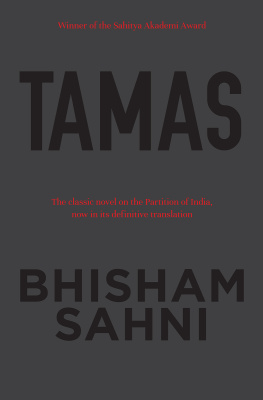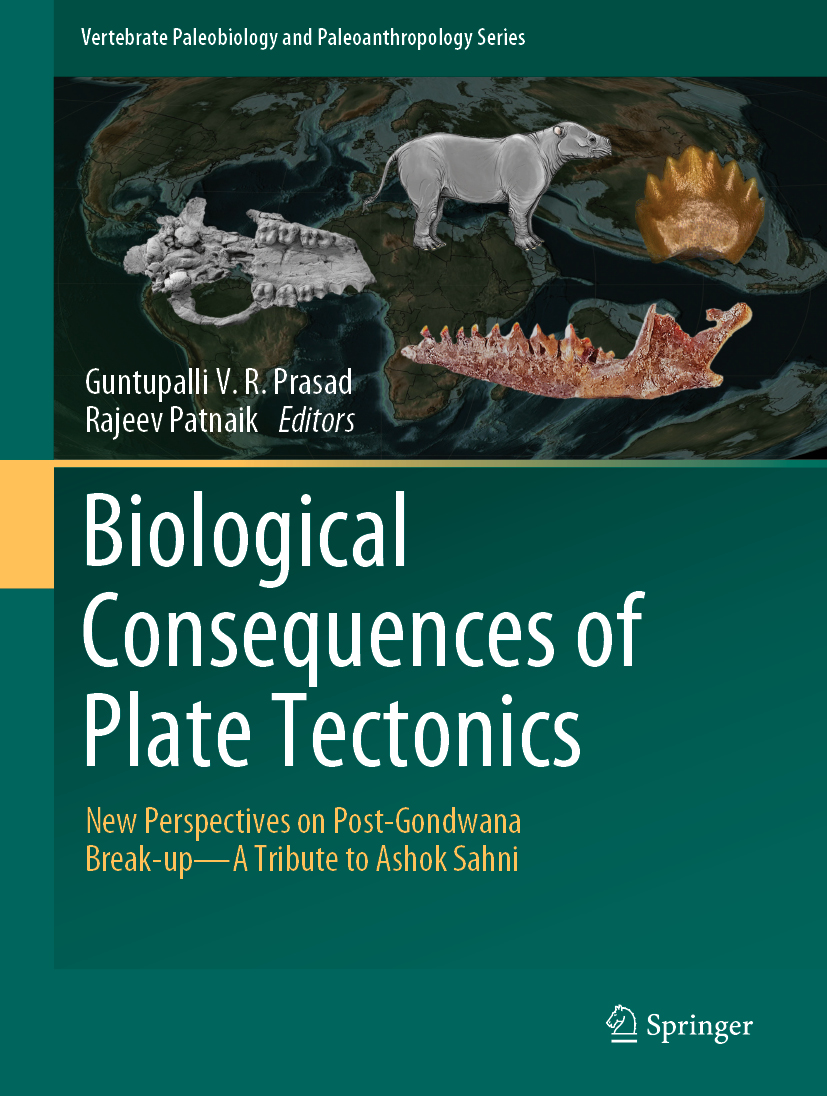Vertebrate Paleobiology and Paleoanthropology
Series Editors
Eric Delson
Vertebrate Paleontology, American Museum of Natural History, New York, NY, USA
Eric J. Sargis
Department of Anthropology, Yale University, New Haven, CT, USA
Focal topics for volumes in the series will include systematic paleontology of all vertebrates (from agnathans to humans), phylogeny reconstruction, functional morphology, Paleolithic archaeology, taphonomy, geochronology, historical biogeography, and biostratigraphy. Other fields (e.g., paleoclimatology, paleoecology, ancient DNA, total organismal community structure) may be considered if the volume theme emphasizes paleobiology (or archaeology). Volumes in the series may either be monographic treatments (including unpublished but fully revised dissertations) or edited collections, especially those focusing on problem-oriented issues, with multidisciplinary coverage where possible. The two Series Editors are assisted by an Editorial Advisory Board. All contributions in the series (whether monographs or chapters in edited volumes) will be peer-reviewed by at least three readers, at the level of a journal submission.
Series Editors:
Eric Delson, City University of New York and American Museum of Natural History, NY, USA. E-mail: eric.delson@lehman.cuny.eduHome page: http://www.nycep.org/ed/Eric J. Sargis, Yale University, New Haven, USA. E-mail: eric.sargis@yale.eduHome page: http://www.yale.edu/anthro/people/esargis.html
Ross D.E. MacPhee (American Museum of Natural History), Peter Makovicky (The Field Museum),Sally McBrearty (University of Connecticut), Jin Meng (American Museum of Natural History),Tom Plummer (Queens College/CUNY).Editorial Advisory Board:
Ross D.E. MacPhee, American Museum of Natural History, New York, NY, USA Peter Makovicky, University of Minnesota, Minneapolis, MN, USA
Sally McBrearty, University of Connecticut, Storrs, CT, USA Jin Meng, American Museum of Natural History, New York, NY, USA Tom Plummer, Queens College/CUNY, Queens, NY, USA
Editors
Guntupalli V. R. Prasad and Rajeev Patnaik
Biological Consequences of Plate Tectonics
New Perspectives on Post-Gondwana Break-upA Tribute to Ashok Sahni
1st ed. 2020

Logo of the publisher
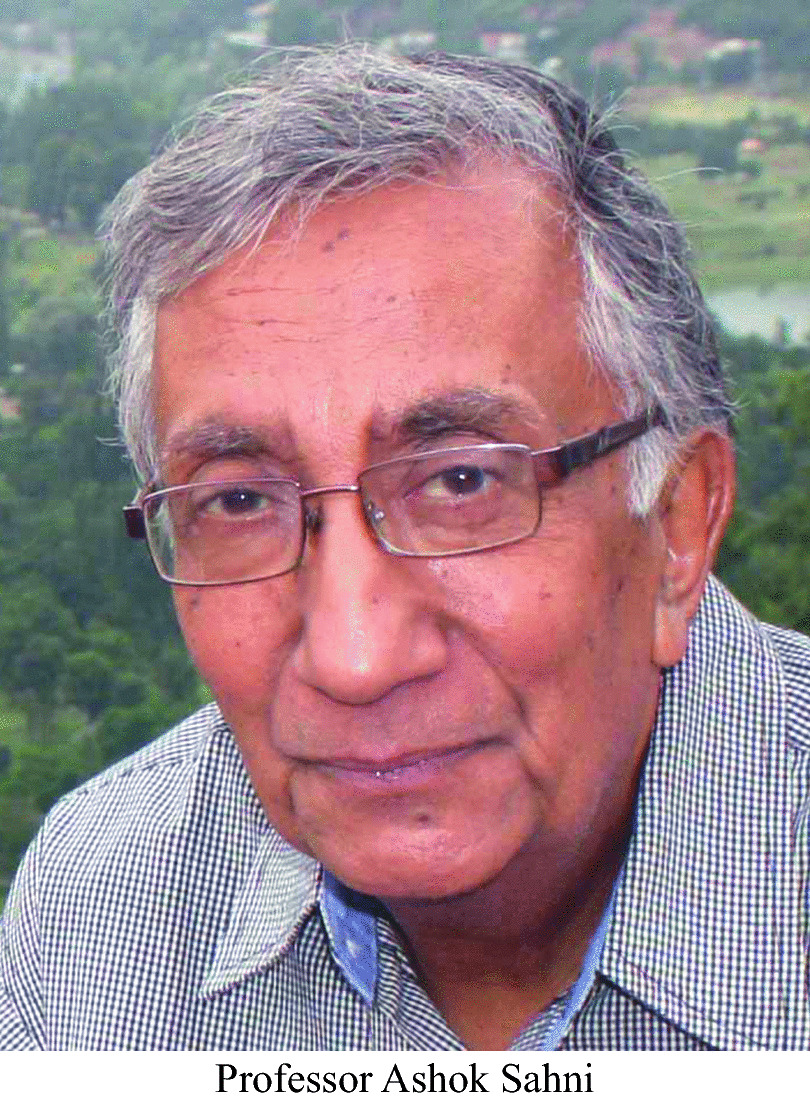
Logo of the publisher
Editors
Guntupalli V. R. Prasad
Department of Geology, Center for Advanced Studies, University of Delhi, Delhi, India
Rajeev Patnaik
Center of Advanced Study in Geology, Panjab University, Chandigarh, India
ISSN 1877-9077 e-ISSN 1877-9085
Vertebrate Paleobiology and Paleoanthropology
ISBN 978-3-030-49752-1 e-ISBN 978-3-030-49753-8
https://doi.org/10.1007/978-3-030-49753-8
Springer Nature Switzerland AG 2020
This work is subject to copyright. All rights are reserved by the Publisher, whether the whole or part of the material is concerned, specifically the rights of translation, reprinting, reuse of illustrations, recitation, broadcasting, reproduction on microfilms or in any other physical way, and transmission or information storage and retrieval, electronic adaptation, computer software, or by similar or dissimilar methodology now known or hereafter developed.
The use of general descriptive names, registered names, trademarks, service marks, etc. in this publication does not imply, even in the absence of a specific statement, that such names are exempt from the relevant protective laws and regulations and therefore free for general use.
The publisher, the authors and the editors are safe to assume that the advice and information in this book are believed to be true and accurate at the date of publication. Neither the publisher nor the authors or the editors give a warranty, expressed or implied, with respect to the material contained herein or for any errors or omissions that may have been made. The publisher remains neutral with regard to jurisdictional claims in published maps and institutional affiliations.
Cover image: Cretaceous-Paleogene boundary paleogeographic map in the background (from The PALEOMAP PaleoAtlas [Scotese 2016], modified from Figure 10.1 of Rage and Gheerbrant [this volume]); Reconstruction of the stem proboscidean Phosphatherium from the earliest Eocene (55 Ma) of Morocco (top centre) (Fig. 10.6. of Rage and Gheerbrant [this volume]); Ornithischian dinosaur tooth (top right) (Fig. 1.3B of Prasad and Parmar [this volume]) from the Middle Jurassic Kota Formation, India; Left mandible (holotype) of Bishops whitmorei (in labial view), a tribosphenic mammal from the Early Cretaceous of Australia (bottom center) (Fig. 3.4B of Rich et al. [this volume]); Skull of Indohyus (left center) (Fig. 14.1C of Thewissen et al. [this volume]) from the Middle Eocene Subathu Formation, India.
Dedication to Jean-Claude Rage (19432018)
It is with great emotion and respect that we dedicate this volume to the memory of our French colleague Jean-Claude Rage, a researcher at the CNRS (MNHN-CR2P) paleontological team, Paris, who passed away recently. Jean-Claude contributed to this volume as a leading author of two chapters on two of his most important research specializations, paleoherpetology and continental paleobiogeography, for which his work is well-known globally. He worked for more than 50 years in collaboration with many colleagues from around the world, identifying remains of squamates and amphibians from various Mesozoic and Cenozoic microvertebrate localities of Europe, Africa, India, South and North Americas. In particular, Jean-Claude had a long association with Ashok Sahni and worked on the Late Cretaceous herpetofaunas of India since 1980 in collaboration with the Indian colleagues.
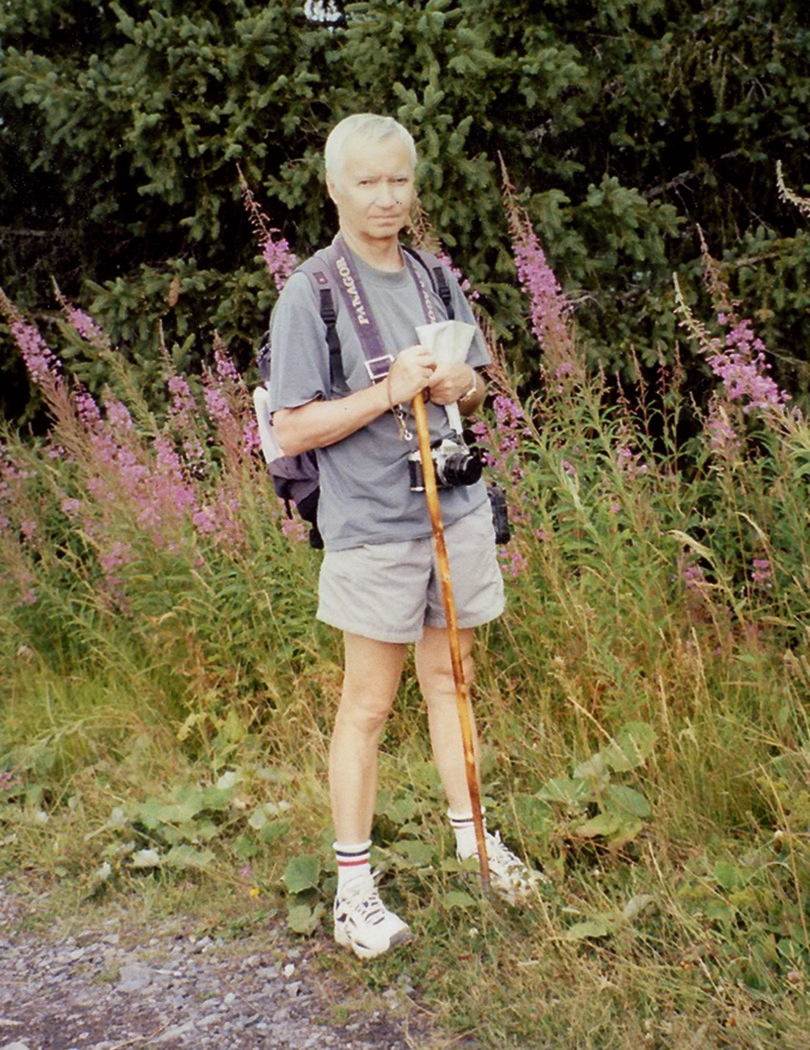
Jean-Claude graduated in 1967 from the University of Lyon, France and received his Ph.D. under the mentorship of Prof. Robert Hoffstetter in 1976. He started his CNRS career at University Pierre et Marie Curie (Paris) in 1975, where he stayed until 1997, and then moved to the MNHN Paleontology Lab (current CR2P team). Jean-Claude retired from MNHN in 2008 but continued as Emeritus Research Director until his demise on March 30, 2018. Jean-Claude published 226 research papers, 3 books, and 29 chapters in books.
Jean-Claude was a very simple, endearing, and warm personality, and was a source of inspiration to the work and research of many students and colleagues in France and abroad. We will miss our great friend, colleague, and mentor, Jean-Claude.
Foreword
This volume has two themes. It presents the results of new research on the evolution of terrestrial biotas during and after the fragmentation of Gondwana, which included parts of what are now India, South America, Antarctica, Africa, Madagascar, and Australia. Also, it is a well-deserved recognition of the contributions of Prof. Ashok Sahni to our understanding of the complex evolutionary history of the biota of the Gondwana landmass. He, his former students, and other colleagues have and continue to make significant contributions to this area of study. Many are presented in this volume.

